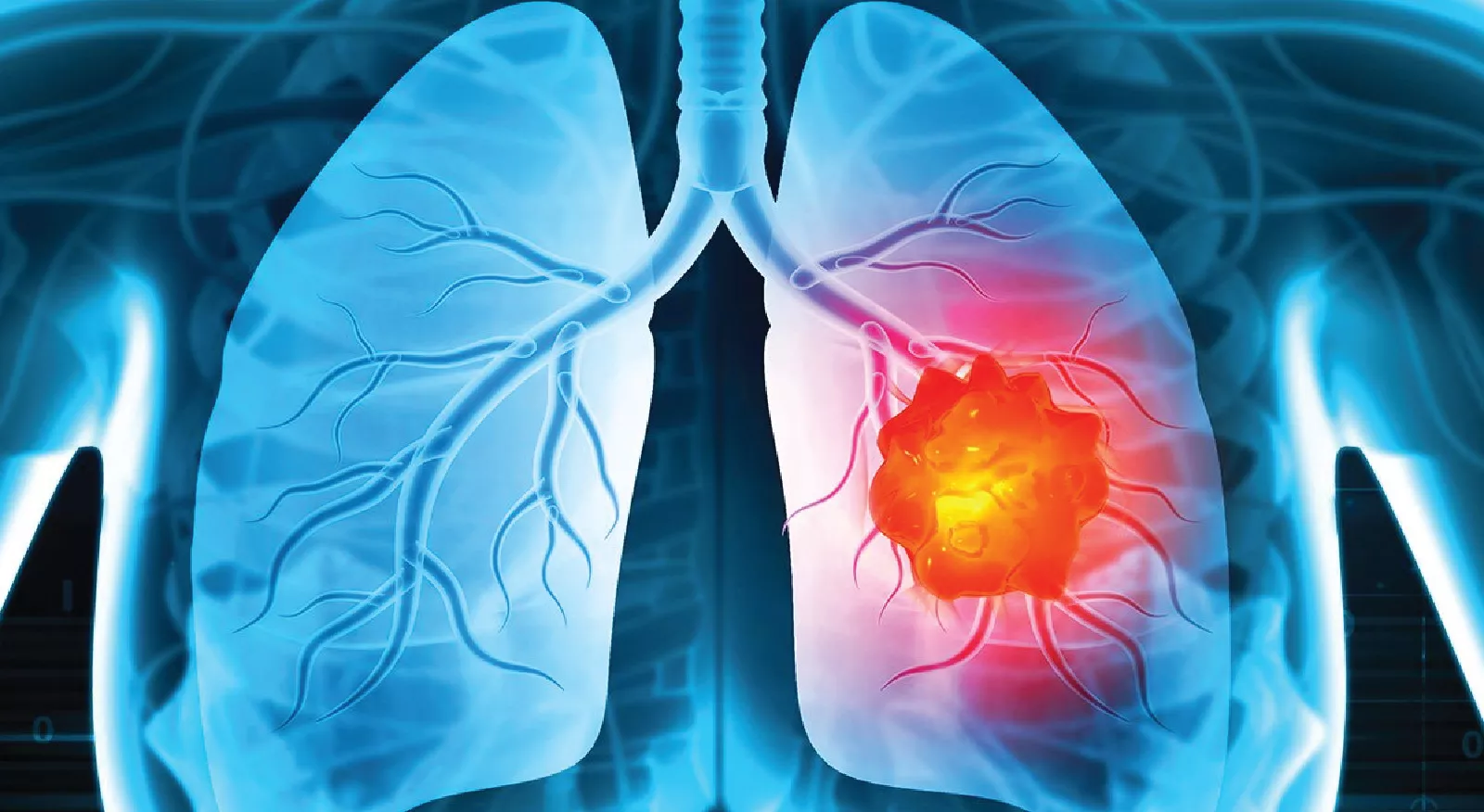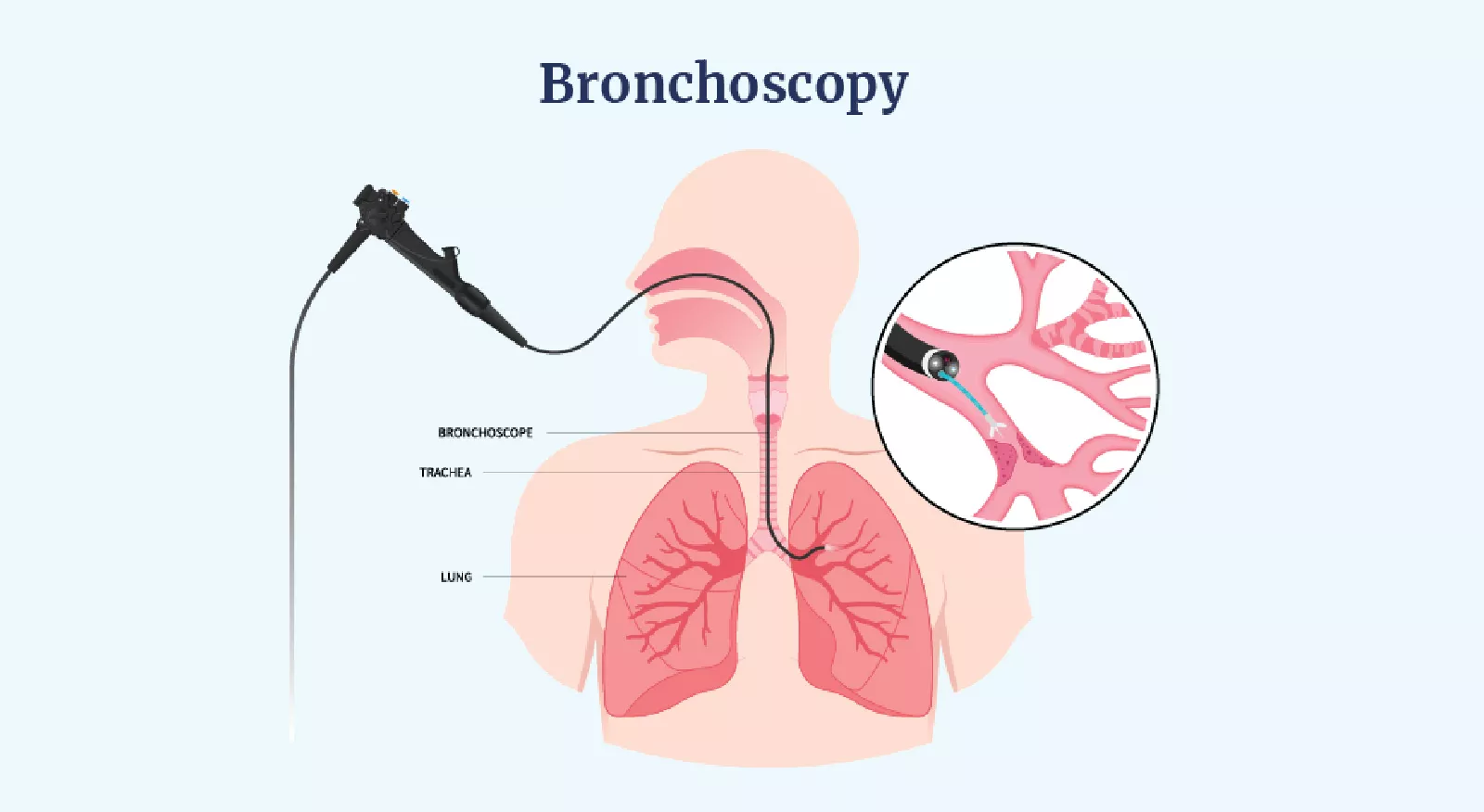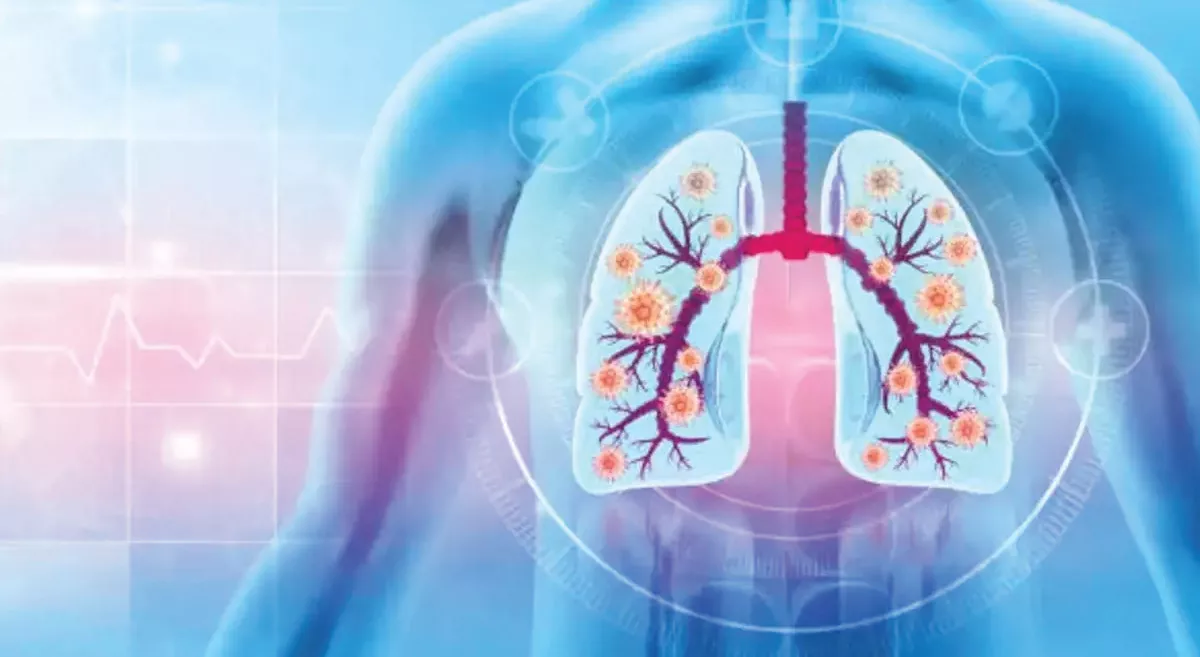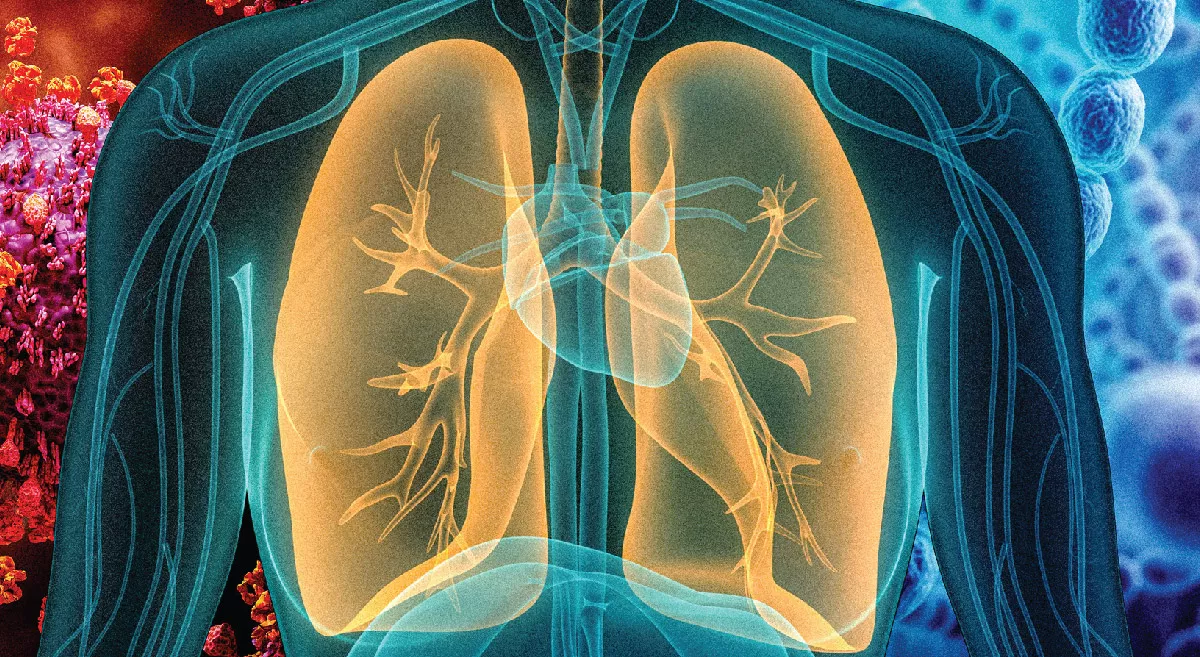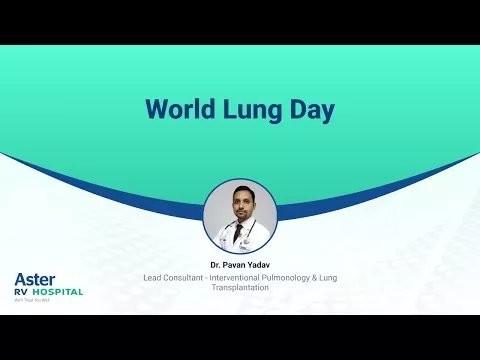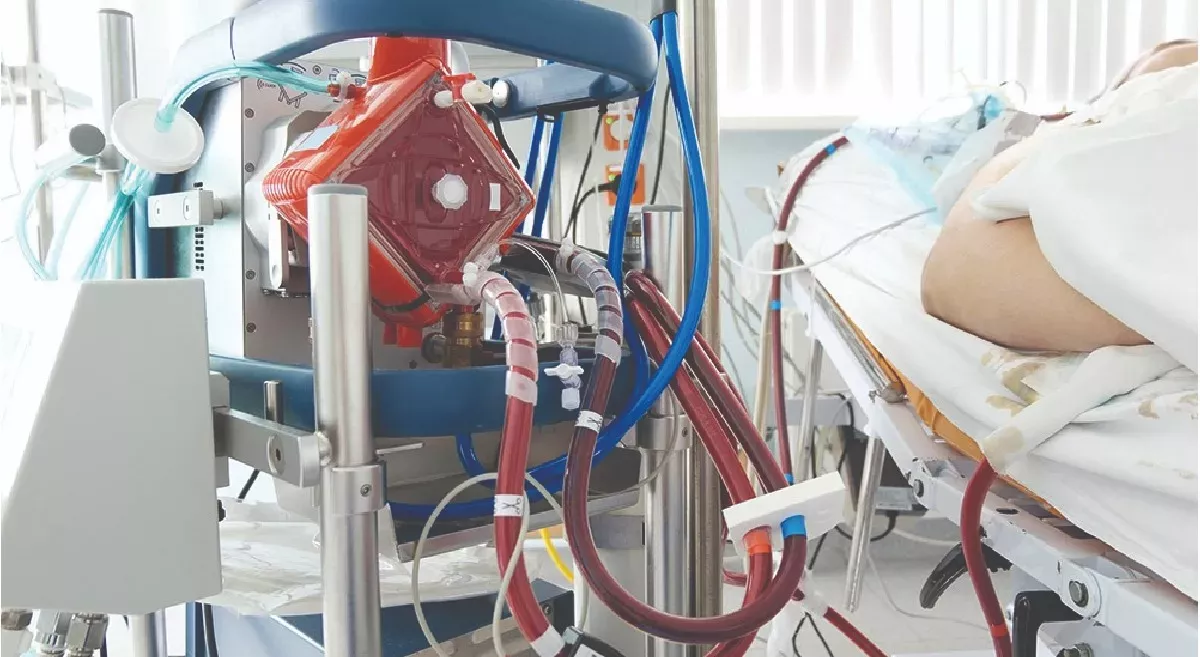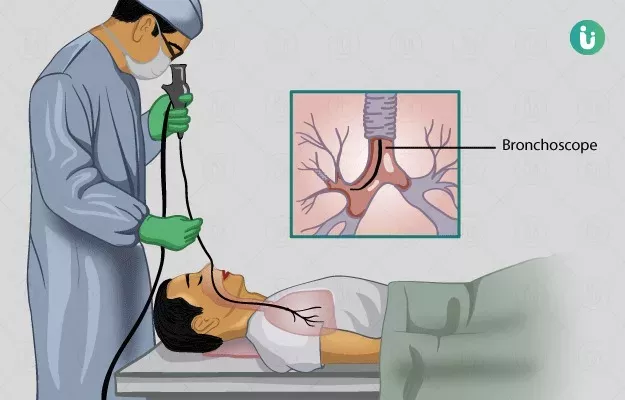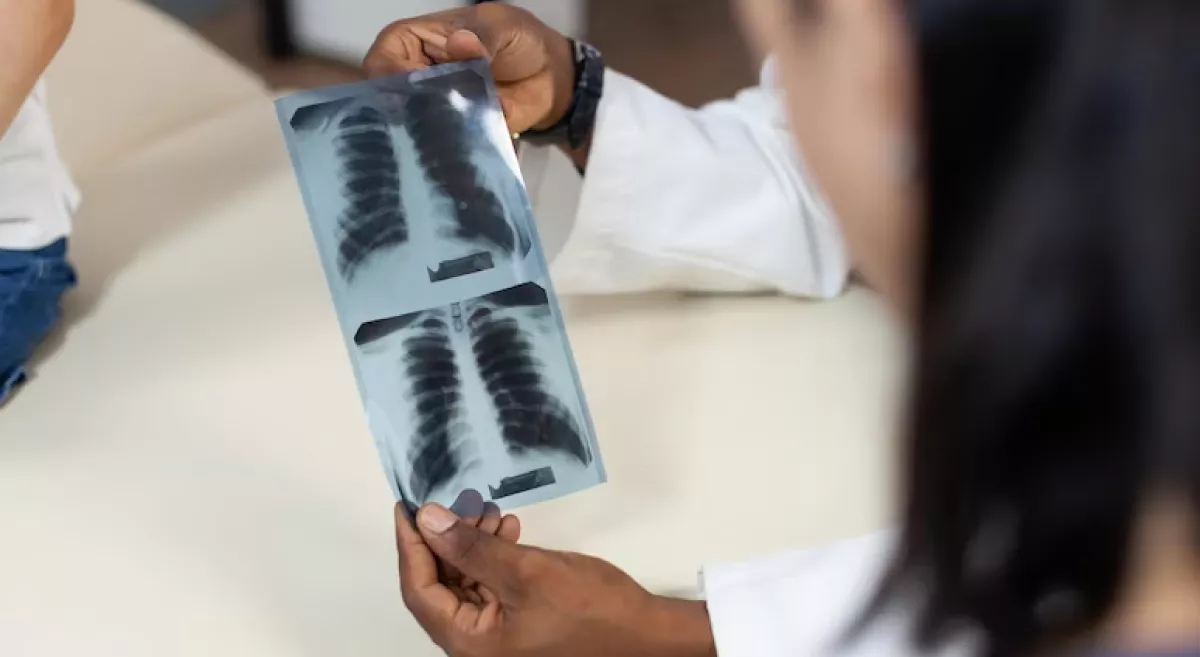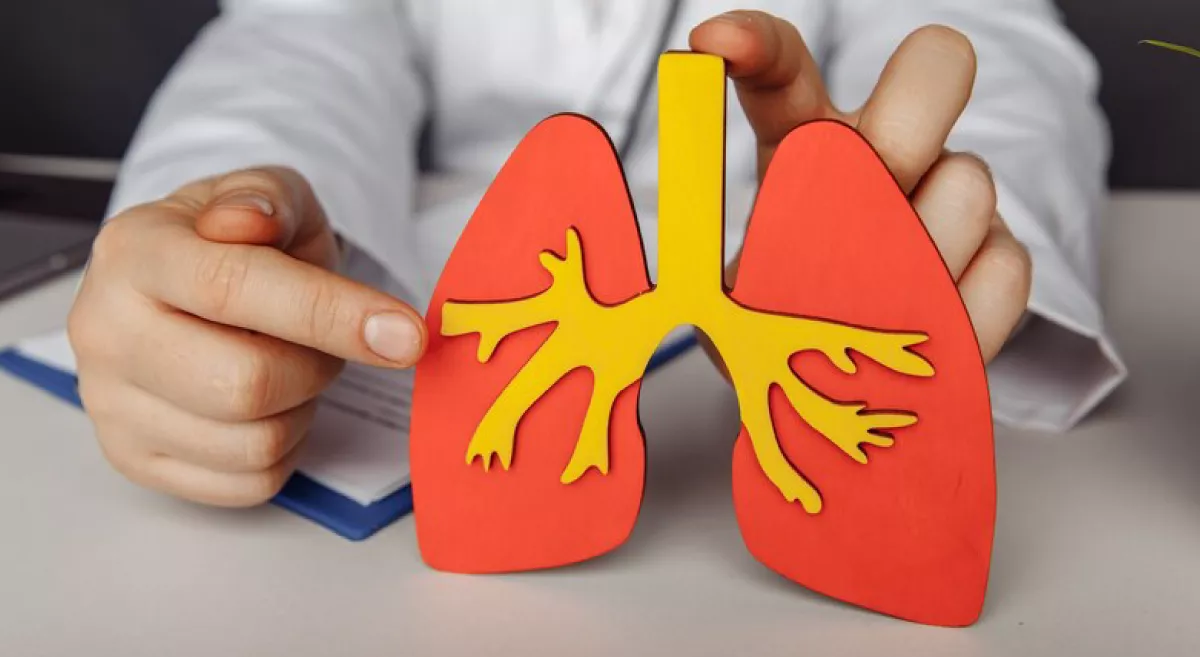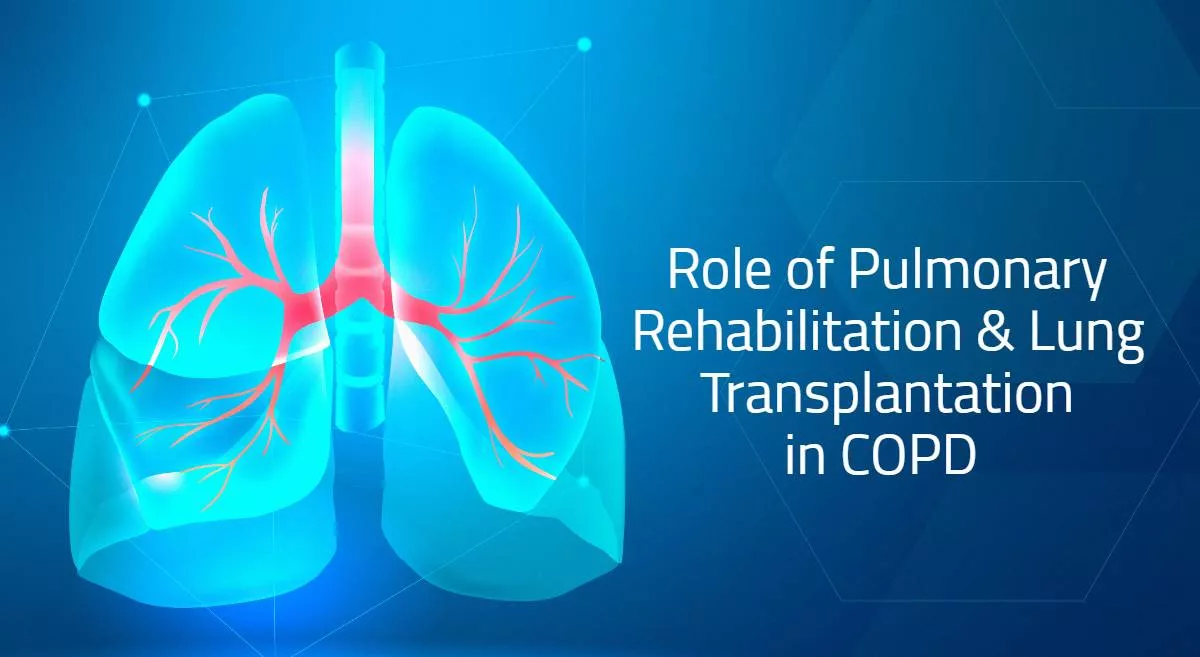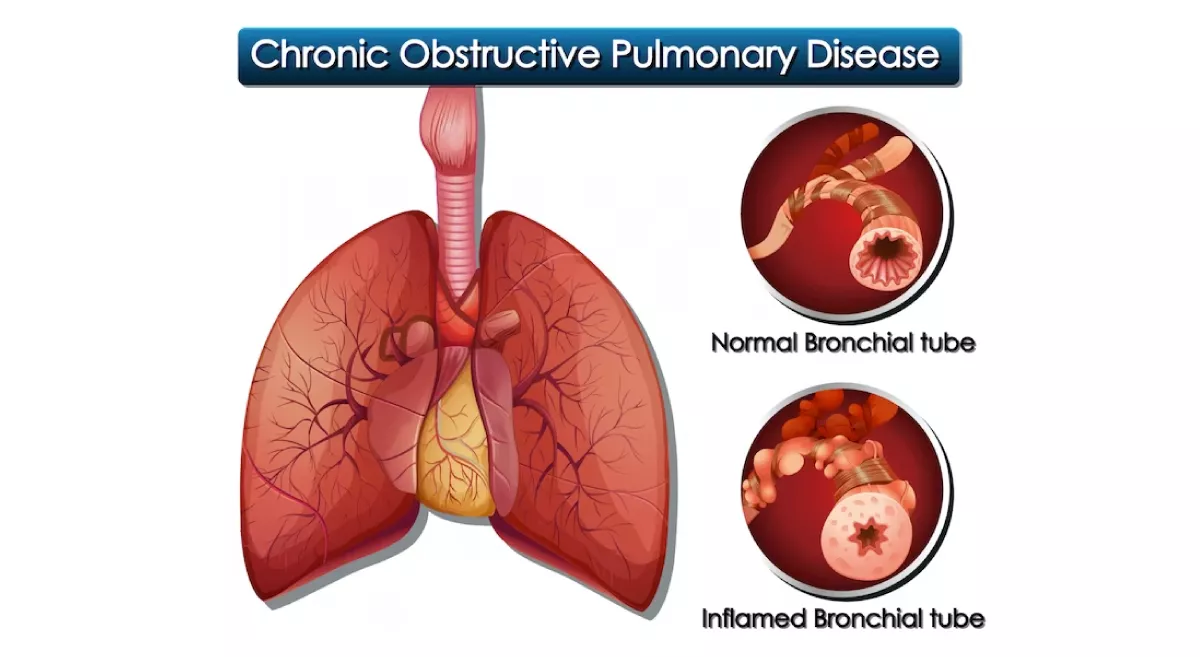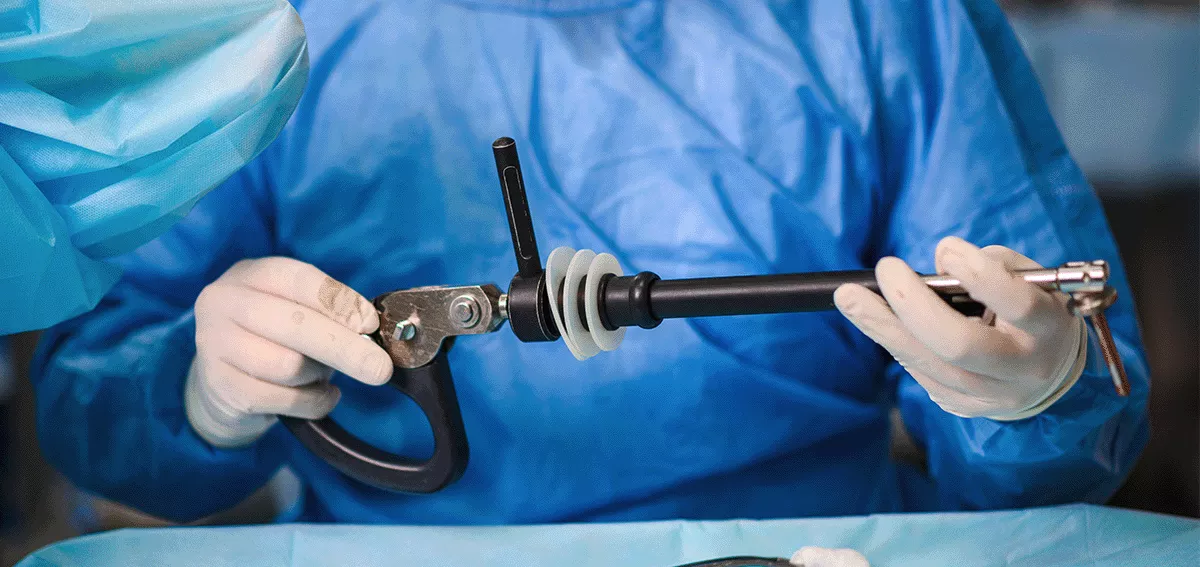Introduction to Interstitial Lung Disease
When talking about interstitial lung disease there comes a large group of disorders under it, most of which cause progressive scarring of lung tissue. The scarring that comes with interstitial lung disease eventually hampers your ability to breathe and get the required oxygen into your bloodstream.
Furthermore, interstitial lung disease can be caused because of long-term exposure to hazardous materials, like asbestos. There are autoimmune diseases present as well, like rheumatoid arthritis, which can also lead to interstitial disease. There are some cases, however, where the cause behind the disease remains unknown.
In addition, when lung scarring starts to happen, it is often irreversible. However, the medication may slow down the damage of interstitial lung disease, still, some people are not able to regain full use of their lungs. People who are diagnosed with the disease often opt for a lung transplant.
What are the symptoms of interstitial lung diseases?
One of the most common symptoms is shortness of breath and it may initially start during exertion and then even when you are resting you might feel the same way. Some of the other symptoms may include dry cough, it might eventually become wet when there is any secondary infection, fatigue and chest discomfort. You might even notice weight loss, due to the inability to consume food because of severe breathlessness.
These symptoms may be present on the surface level, there are other underlying symptoms as well such as joint pains in rheumatoid arthritis. Furthermore, in the later stages patients may even develop symptoms due to failure of other organs, the most common being heart failure.
When should you see the doctor?
By the time the symptoms start to arise, irreversible lung damage has more often than not already occurred. Irrespective of that, it is vital to see the best pulmonologist in Bangalore as soon as you see the first sign of breathing problems. There are several conditions other than interstitial lung disease that can affect your lungs. Hence, getting an early and accurate diagnosis is paramount for proper treatment.
What is the cause behind Interstitial Lung Disease?
Interstitial lung disease often occurs when an injury takes place inside your lungs and it triggers an abnormal healing response. Usually, your body generates just the right amount of tissue that can help repair damage. However, when you are suffering from this disease, the repair process takes a wrong turn and the air sacs become scarred and starts to thicken. All of this makes it even more difficult for oxygen to pass into your bloodstream.
Furthermore, interstitial lung disease can get triggered by several other things which include airborne toxins present in your workplace, drugs, and some kind of medical treatments. More often than not, in most cases, the reason remains unknown.
Let’s talk about environmental and occupational factors
When you are exposed to several toxins for a really long period then pollutants can damage your lungs. Some of them are:
Radiation treatments
- Bird and animal droppings
- Silica dust
- Asbestos fibres
- Indoor hot tubs
- Grain dust
People who go through radiation therapy for lung or have had breast cancer showcase signs of lung damage months or sometimes even years after getting the initial treatment.
Diagnosis of Interstitial lung disease
To figure out the cause of interstitial lung disease, it is vital to effectively treat it. Diagnosis depends on the clinician ruling out a broad spectrum of lung disease that can easily mimic ILD and then trying to identify the causal factors. The investigation that is done majorly focus on symptoms, figuring out links between the patients’ condition and the known causes mentioned in the above paragraph.
In order to get a better picture, the following tests may be conducted that will help in diagnosing ILD:
- Imaging tests: This consists of a CT scan (to see whether there is any trace of indicative fibrosis) and echocardiograms (this help analyse heart pressures).
- Blood tests: The presence of antibodies, proteins, and other markets of autoimmune diseases and inflammatory responses can indicate ILD or the cause behind it.
- Pulmonary function tests: With the help of oximetry and Spirometry, it can check how well the lungs are functioning.
- Lung biopsy: With the help of bronchoscopy or bronchoalveolar lavage, this help enables lung tissue to be tested. This help achieve the most accurate diagnosis.
What is the treatment for Interstitial Lung Disease?
Once you figure out the cause behind interstitial lung disease, choose the best pulmonology hospital in Bangalore for treatment. It begins by removing the contributing factors. If the cause is environmental, occupational or medication, the patient must avoid the triggers.
Furthermore, medication may be prescribed to slow down the progress of the disease, or even completely stabilise it. Medicine such as corticosteroids is used with a combination of other drugs that can suppress the immune system. At the same time, medication for idiopathic pulmonary fibrosis and gastroesophageal reflux disease can also help slow down the progression.
The aim is to enhance daily lung function and limit the impact of the disease on the patient’s life, pulmonary rehabilitation has proved to be beneficial for several patients. Whereas, when you don’t treat the underlying problem, oxygen therapy can make ILD patients way more comfortable. It is often used for physical activity or when you are sleeping. In the end, lung transplantation is considered to be the last resort for patients who don’t respond well to the above treatments.
Final Note
Once the scarring starts to happen, it can’t be reversed. Although, with the help of treatment, it can slow down the disease to preserve as much quality of life as possible. Furthermore, the prognosis for patients depends on how severe the condition is. Some people have mild interstitial lung disease and they can function normally throughout their lives without needing any kind of treatment. They stay stable.
For patients who have a more severe case of ILD, the disease can progress over a while. And, they may need regular treatments and therapy for the rest of their lives to help live with the symptoms.












